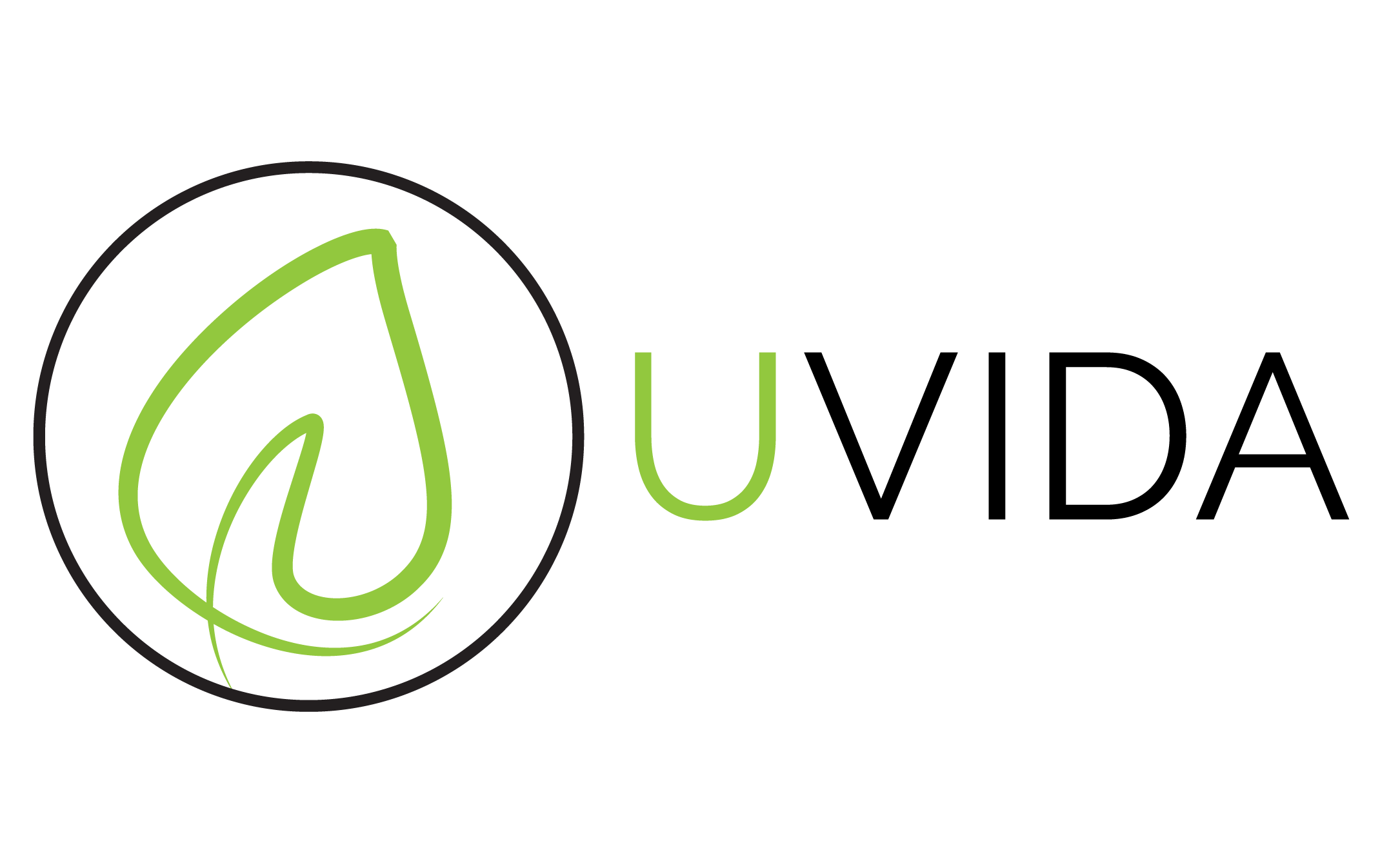BROWN EDGES: Brown edges is a sign of under watering. Make sure you are watering your plant regularly, and also add misting to your routine to boost humidity levels for the plant’s foliage (you can mist every day, several times a day, or just a couple times a week!).
YELLOW LEAVES: Yellow leaves is a sign of overwatering. If you see yellowing wilted leaves, it could be that your plant is overwatered. Check the roots to make sure there is no root rot. If the roots are damaged, you will need to repot your plant (see below). If the roots are fine, simply let the plant dry out before watering again.
CURLING LEAVES: If the leaves on your plant are curling inward, the cause is most likely also underwatering. To let your plant replenish its moisture, give it a good shower. Remove the plant from its decorative pot and place in a shower, bathtub, or outside. Give it a thorough watering, allowing it to drain all the excess out before putting back in the pot. Depending on how dry the plant is, you may also allow it to sit in water for an hour or two.










